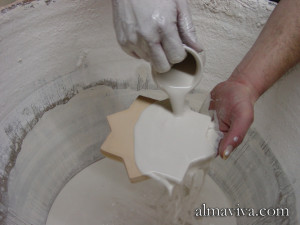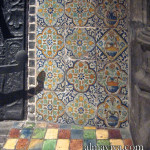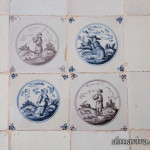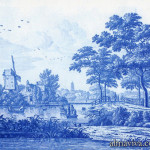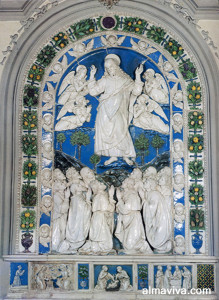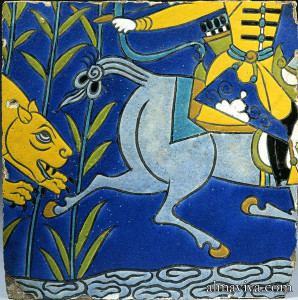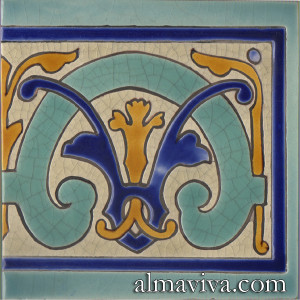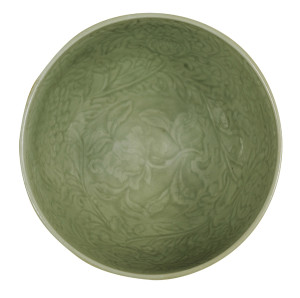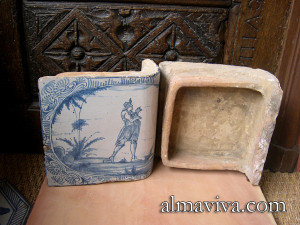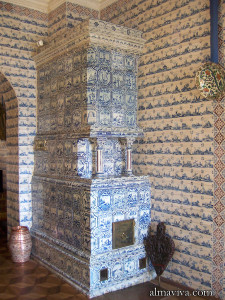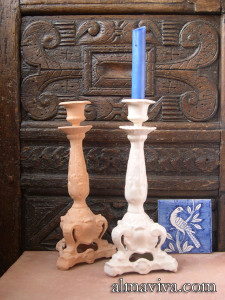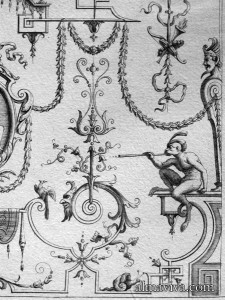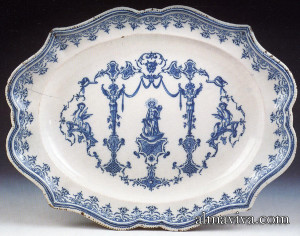Faience or faïence is a French word for maiolica. It is the usual name in English for fine tin-glazed pottery.
The word derives from the name of the Italian city of Faenza, in the Romagna near Ravenna, a city well known since the 15th century for its maiolica production.
Italian tin-glazed earthenwares was produced for export throughout Europe as early as the fifteenth century. Thence the common use of the word faience.





